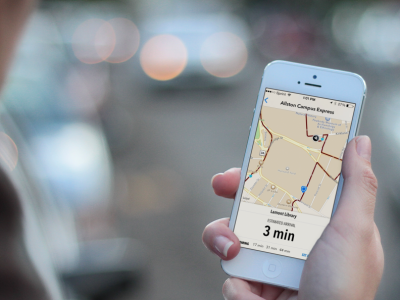
Real-time passenger information (RTPI) benefits both riders and transit agencies, but oftentimes research focuses on agencies when more emphasis should be placed on riders.
Why are individual riders so important? Happy riders lead to a thriving transit system.
According to Watkins, Ferris, Borning, Rutherford and Latyon’s article “Where is my Bus? Impact of Mobile Real-Time Information on the Perceived and Actual Wait Time of Transit Riders,” riders want control of their travel and only use public transportation if it’s fast, reliable, and comfortable. RTPI systems decrease time spent waiting, and increase perceptions of safety. By reducing the myriad uncertainties present in public transit with RTPI, riders feel confident that their bus will be where it is supposed to be, when it is supposed to be there. Your mobile app should do more than just tracking.
According to the study:
Riders who do NOT use RTPI systems:
• Estimate 15% longer wait times.
• Feel more anxiety using public transportation.
• Feel more aggravated waiting for the bus (which makes them perceive even longer wait times).
Riders who DO use RTPI systems:
• Spend less time waiting at stops.
• Feel less concerned about missing an early bus.
• Have the freedom to finish up work, grab a coffee, etc. when they see the bus is running late.
• Report being less frustrated with public transportation.
Researchers say “One inexpensive way to combat the perception of unreliability from the user perspective is real-time passenger information.”
With increased predictability, less aggravation, and shorter wait times, agencies making RTPI available to their riders increase rider satisfaction, and in turn increase ridership. One rider says real-time passenger information “improves the fluidity of moving. I have less anger and I manage my time better as a result. I am more relaxed on the bus.”
To read the study, click here >>